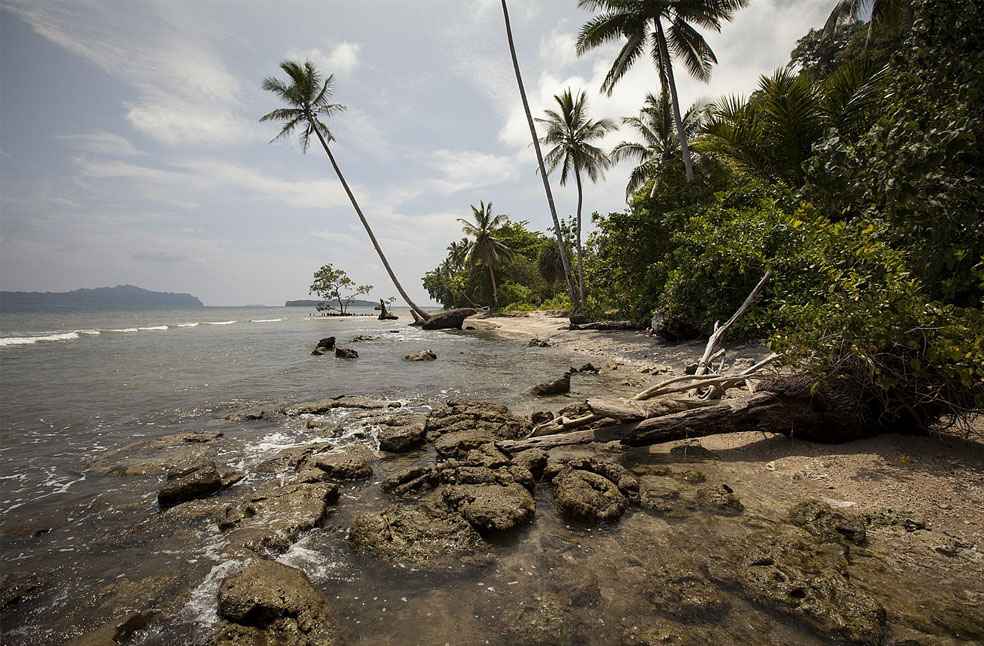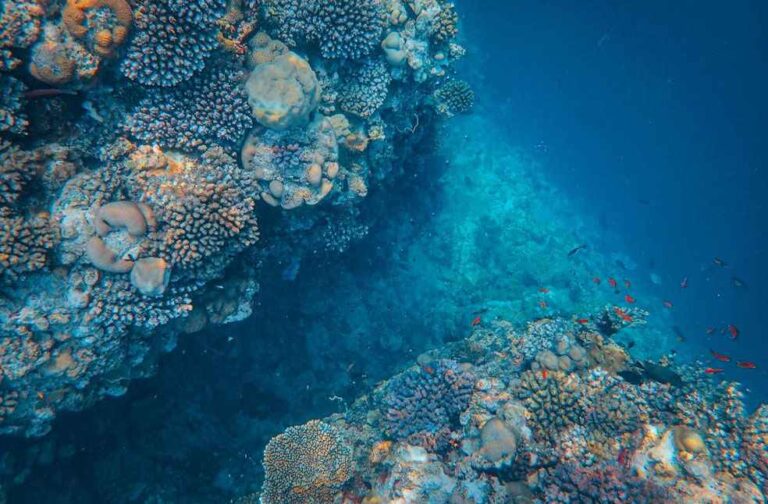Solomon Islands, Southwest Pacific Ocean: Scientists have discovered the largest known coral in the southwest Pacific Ocean. Unlike a coral reef, this massive coral structure is a single organism formed by countless tiny, interconnected creatures. Estimated to be over 300 years old, it surpasses the size of a blue whale, according to the research team.
The coral was found by Manu San Felix, a videographer on a National Geographic expedition exploring the effects of climate change on remote Pacific regions.
San Felix initially mistook the location for a shipwreck but, upon closer inspection with his son and diving partner, Inigo, realized they had encountered a giant coral. Situated in the Solomon Islands, San Felix described it as “like a cathedral underwater,” admiring its resilience and longevity.
Underwater measurements taken by the scientists revealed the coral’s dimensions: 34 meters in width, 32 meters in length, and 5.5 meters in height. Despite global pressures from warming oceans, this coral appears healthy and may have been shielded from surface temperature increases by residing in deeper waters.
Coral ecosystems are essential to marine life, providing habitat and sustaining livelihoods for around one billion people through fishing and tourism, as noted by the World Economic Forum.
Eric Brown, a coral scientist on the National Geographic mission, commented on the coral’s good health, highlighting that while nearby shallow reefs show degradation, this thriving coral in deeper water offers hope.

The discovery was shared amid COP29 climate talks in Baku, Azerbaijan, where Solomon Islands Climate Minister Trevor Manemahaga expressed pride in the find. Emphasizing the country’s reliance on marine resources, he stressed the need for global awareness and protection of such vital natural assets.
The Solomon Islands, highly vulnerable to climate change, faces intensifying cyclones and coastal erosion, which threaten homes and livelihoods.
Scientists have calculated the coral’s age by examining its growth patterns. The coral, of the Pavona clavus species, provides habitat for shrimp, crabs, fish, and other marine species, and offers a historical record of past ocean conditions. Researchers plan to study it further to gain insights into the ocean’s past environments.
At COP29, developing nations, including the Solomon Islands, are calling for increased financial support from wealthier countries to fund climate initiatives.
Manemahaga noted that additional funding would help create alternative jobs to reduce economic dependence on industries like logging, which currently generates up to 70% of the nation’s export revenue but contributes to water pollution that damages coral ecosystems.
This week, a report from the International Union for the Conservation of Nature (IUCN) indicated that 44% of corals in warmer waters face extinction, a significant rise since the species were last assessed in 2008.



